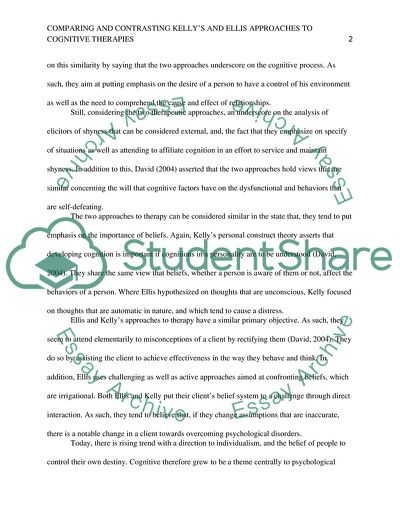Cite this document
(Kellys and Ellis Approaches to Cognitive Therapies Literature review Example | Topics and Well Written Essays - 1250 words, n.d.)
Kellys and Ellis Approaches to Cognitive Therapies Literature review Example | Topics and Well Written Essays - 1250 words. https://studentshare.org/psychology/1767471-compare-and-contrast-the-therapeutic-approaches-of-kelly-and-ellis
Kellys and Ellis Approaches to Cognitive Therapies Literature review Example | Topics and Well Written Essays - 1250 words. https://studentshare.org/psychology/1767471-compare-and-contrast-the-therapeutic-approaches-of-kelly-and-ellis
(Kellys and Ellis Approaches to Cognitive Therapies Literature Review Example | Topics and Well Written Essays - 1250 Words)
Kellys and Ellis Approaches to Cognitive Therapies Literature Review Example | Topics and Well Written Essays - 1250 Words. https://studentshare.org/psychology/1767471-compare-and-contrast-the-therapeutic-approaches-of-kelly-and-ellis.
Kellys and Ellis Approaches to Cognitive Therapies Literature Review Example | Topics and Well Written Essays - 1250 Words. https://studentshare.org/psychology/1767471-compare-and-contrast-the-therapeutic-approaches-of-kelly-and-ellis.
“Kellys and Ellis Approaches to Cognitive Therapies Literature Review Example | Topics and Well Written Essays - 1250 Words”. https://studentshare.org/psychology/1767471-compare-and-contrast-the-therapeutic-approaches-of-kelly-and-ellis.


